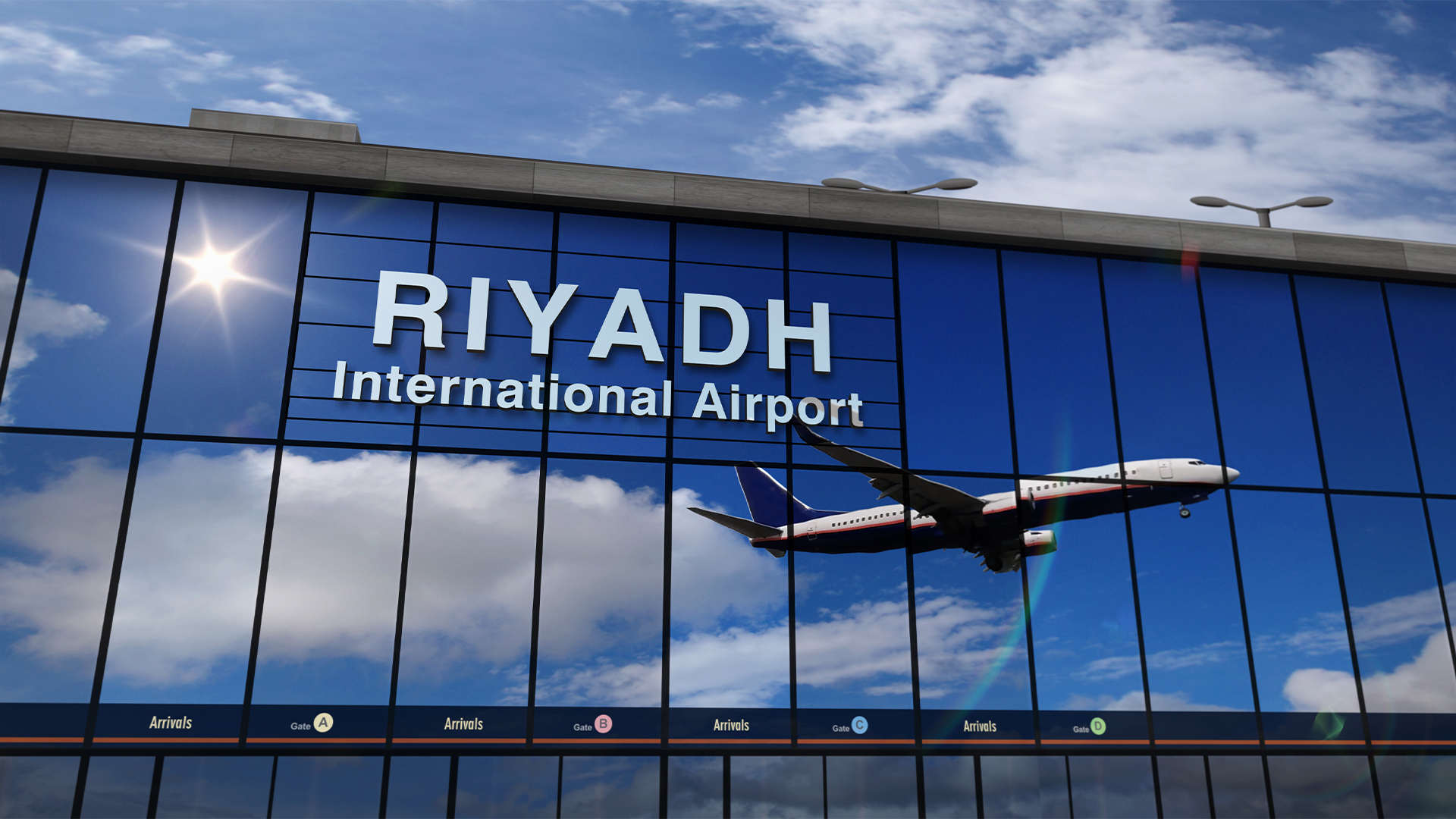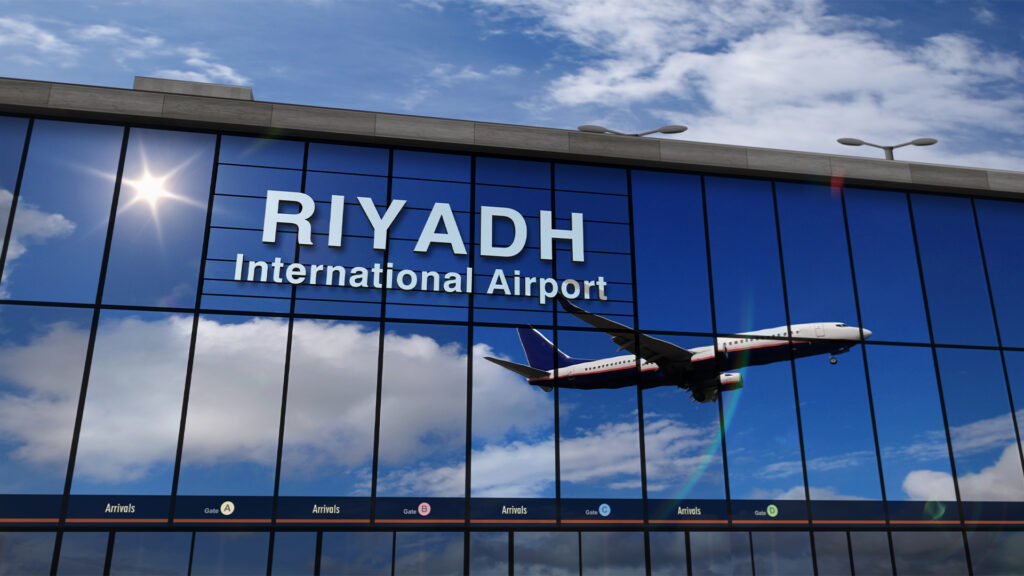
As of September 2023, Zimbabwe’s publicly guaranteed debt stood at $17.7 billion
China has written off an unspecified amount of Zimbabwe’s interest-free loans and pledged to help the Southern African country find a way out of its debt crisis, even as activists warned of a permanent debt trap.
As of September 2023, Zimbabwe’s publicly guaranteed debt stood at $17.7 billion, of which $12.7 billion was external and $5 billion domestic.
Most of the foreign debt was purchased from China, as the country is ineligible for loans from multilateral creditors such as the World Bank and the International Monetary Fund (IMF) after defaulting on repayments since the turn of the millennium.
Since the fall of long-time ruler Robert Mugabe six years ago, Zimbabwe has been struggling to reach an agreement with creditors to restructure its unsustainable debt.
Read: Africa’s creditors come calling as debt distress looms largeFormer Mozambican president Joachim Chissano and African Development Bank President Dr Akinwumi Adesina are leading the debt restructuring dialogue, which suffered a blow last month when the United States withdrew its support, citing Harare’s reluctance to reform.
China, now Zimbabwe’s largest non-Paris Club creditor, says it is ready to help the country resolve its debt quagmire.
Some estimates put Zimbabwe’s debt to China at $3 billion.“China attaches great importance to resolving Zimbabwe’s debt issues,” said China’s ambassador to Zimbabwe Zhou Ding.“China would like to enhance communication with the Zimbabwe government to work out proper statements through friendly consultation. As a concrete measure, China has cancelled Zimbabwe’s interest-free loans, which matured by the end of 2015.”Mr Zhou did not disclose the amount of loans written off, but observers said it may not be much, as Zimbabwe increased its Chinese debt for infrastructure projects after the end of Mr Mugabe’s nearly four-decade rule.
Military coupZimbabwe’s founding leader was replaced by President Emmerson Mnangagwa following a military coup in 2017.
President Mnangagwa’s government has continued to borrow heavily from China, but Mr Zhou said it was not true that Zimbabwe was now in a death trap because of excessive Chinese loans.
Read: Zimbabwe chokes under weight of $13bn China loans“According to the data released by the Zimbabwean government, Zimbabwe’s debt owed to Western countries and international financial institutions accounts for 70 per cent of its external debt, while the debt owed to China only accounts for 15 per cent,” he said.
In August 2022, China announced that it would provide 23 interest-free loans to 17 unnamed African countries, a move analysts said at the time was designed to counter accusations that Beijing was engaging in “debt-trap diplomacy”.
Political leverageCritics accuse China of deliberately lending to countries it knows cannot repay to increase its political leverage as it seeks to counter US influence in Africa.
China vehemently denies the accusations, saying its relations with African countries are based on its policy of non-interference in other countries’ affairs.
In its latest debt analysis, the Zimbabwe Coalition on Debt and Development (Zimcodd) said loan defaults during Mr Mugabe’s era and the country’s long-running economic problems had left Zimbabwe in a debt overhang.“The debt default of the early 200s, coupled with a shrinking economy, has attracted prohibitive penalties and subdued the capacity to service debts, thus trapping Zimbabwe in a debt overhang position,” Zimcodd said.“Also due to these high debt arrears, access to concessionary loan finance has been blocked.“As such, predatory creditors are taking advantage of Zimbabwe’s debt crisis by fuelling debt expansion –mortgaging natural resources and mineral revenues.”Read: Zimbabwe labour unions accuse Chinese firms of violations$400 million loanLast year, Zimbabwe secured a $400 million loan from Afreximbank for budget support and financing of trade-related infrastructure, which it will repay by using 38 per cent of the export earnings of the country’s largest platinum miner.
The previous year, the government announced that the country had borrowed $200 million from China, securing the loan with 26 million ounces of platinum reserves.
Zimcodd said Zimbabwe was at risk of falling into a permanent debt overhang “given complex global challenges such as climate change and deteriorating global geopolitics”.“If left unresolved, the debt crisis will permanently trap Zimbabwe into a vicious debt trap of continuous borrowing, accumulation of arrears and subsequent defaults,” the organisation added.“The sustenance of high indebtedness constrains development through limited access to concessionary funding, currency devaluations, rising cost of money and sluggish economic growth.“So, Zimbabwe faces an impossible choice between serving its people or serving mounting debts.”China loaned Zimbabwe billions of dollars to upgrade two of its main international airports and to expand its two main thermal and hydroelectric power stations.



















